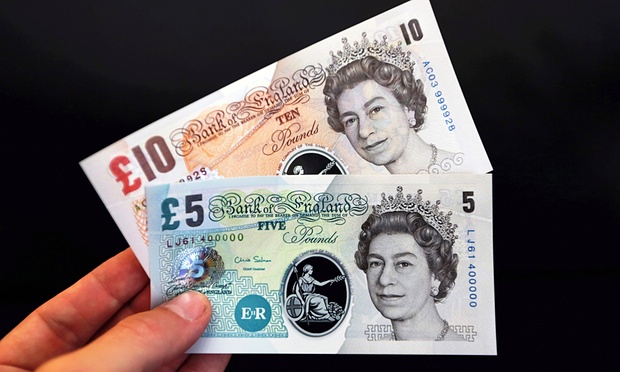FAQs Archive
Filter by Year
Polymer banknotes
In terms of note validation, polymer banknotes pose no additional issues and note validators will accept and stack as normal.
By utilising polymer, UK banknotes can take advantage of improved security and durability measures. Evidence points to lower counterfeiting risks and overall higher security, as polymer allows additional security measures to be added, which is another boost for the industry. Polymer banknotes should be more pleasant to handle as they stay cleaner and are more durable, with an average life expectancy of more than 2.5 times that of the existing UK paper notes.
Polymer banknotes are manufactured from transparent plastic film, specially coated with the ink layer that enables it to carry the printed design features of banknotes. The materials allow the inclusion of ‘windows’ or clear portions in the design, which enhance protection against counterfeits.
The First note that could be polymer is the £5 Winston Churchill due in 2016 followed by the £10 Jane Austen, these notes may be smaller than what we currently have but probably no smaller than existing Euro’s. Despite the visible material change the UK polymer banknotes will retain their overall look.
Over 20 countries currently issue polymer banknotes. These include Australia, which introduced them in 1988, New Zealand, Mexico, Singapore, Canada and Fiji which introduced them in 2013.
ITL validators would not require any hardware modifications to accept the new polymer banknotes. The only update required would be a free currency firmware update to incorporate the new polymer banknote data. Customers across the Industry would face minimal disruption if the introduction of polymer banknotes goes ahead.







